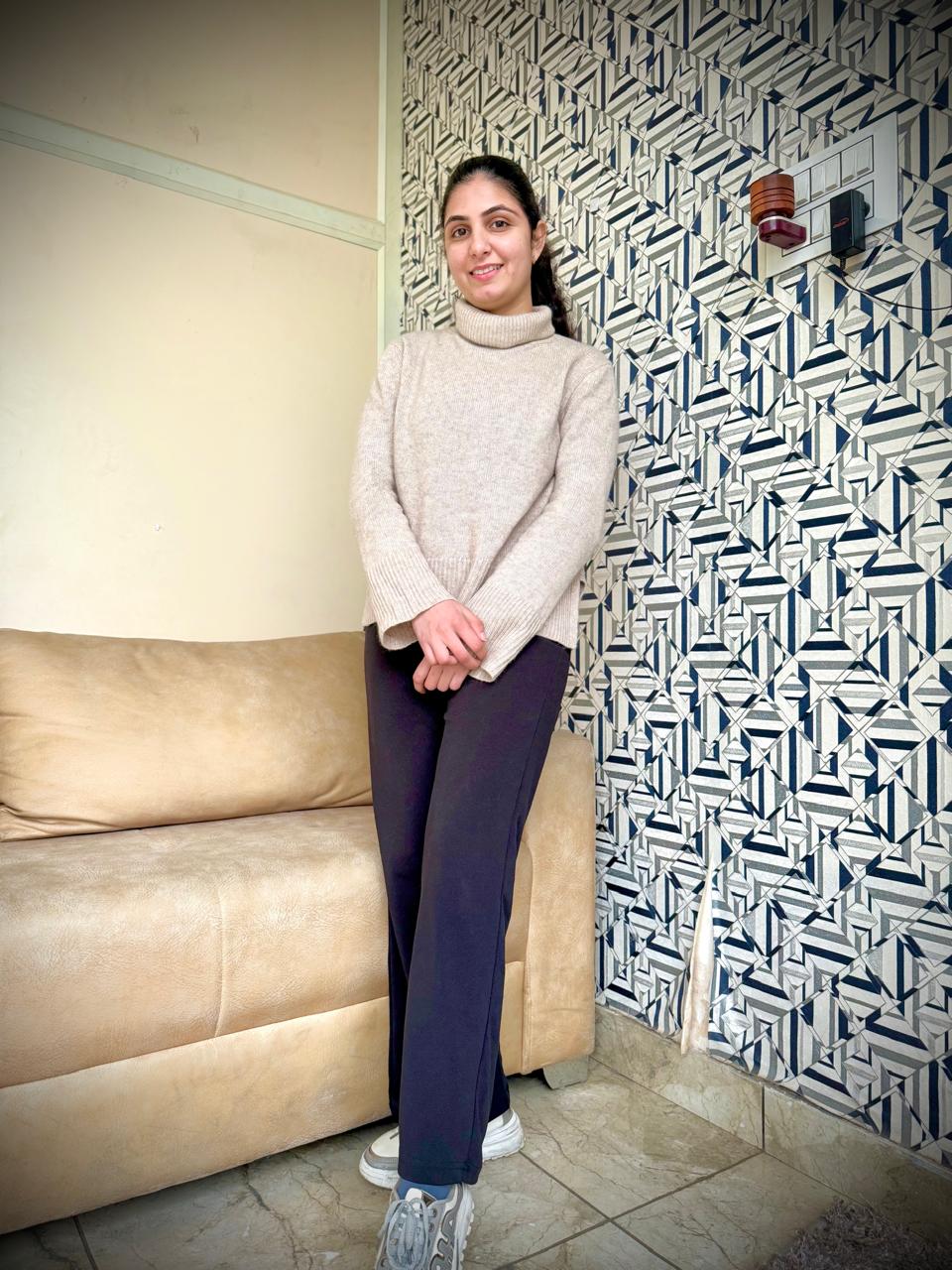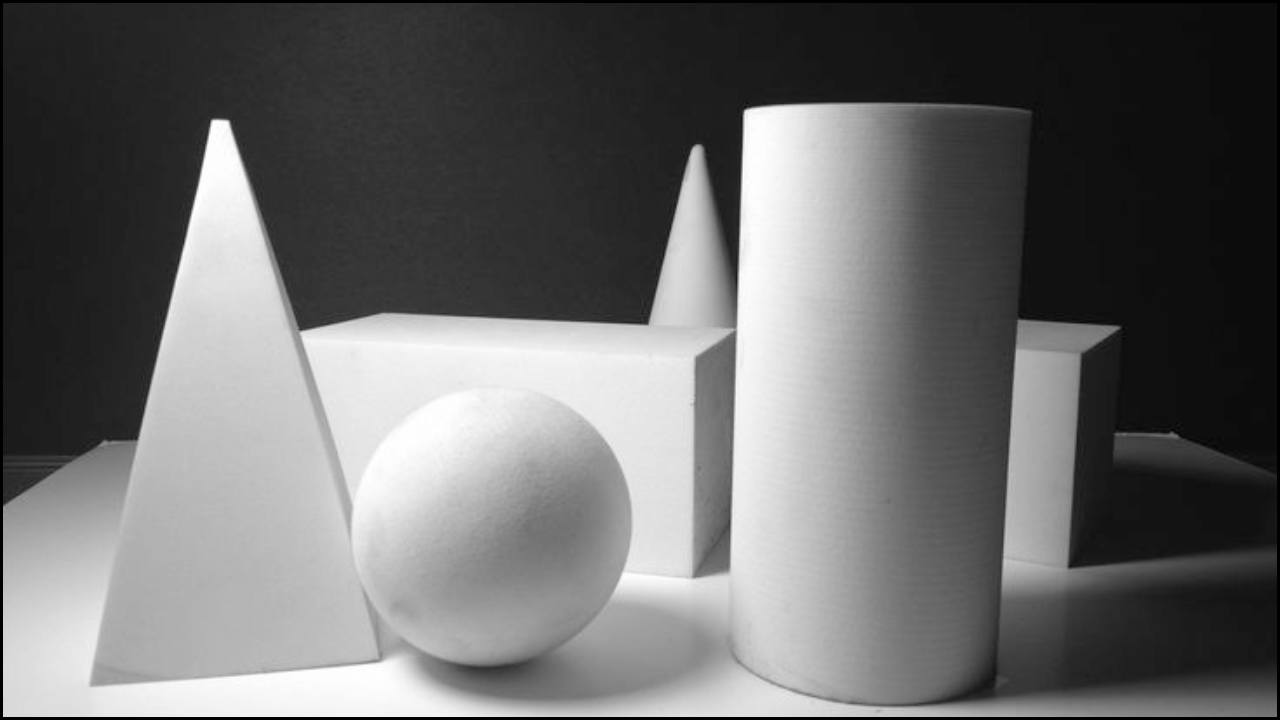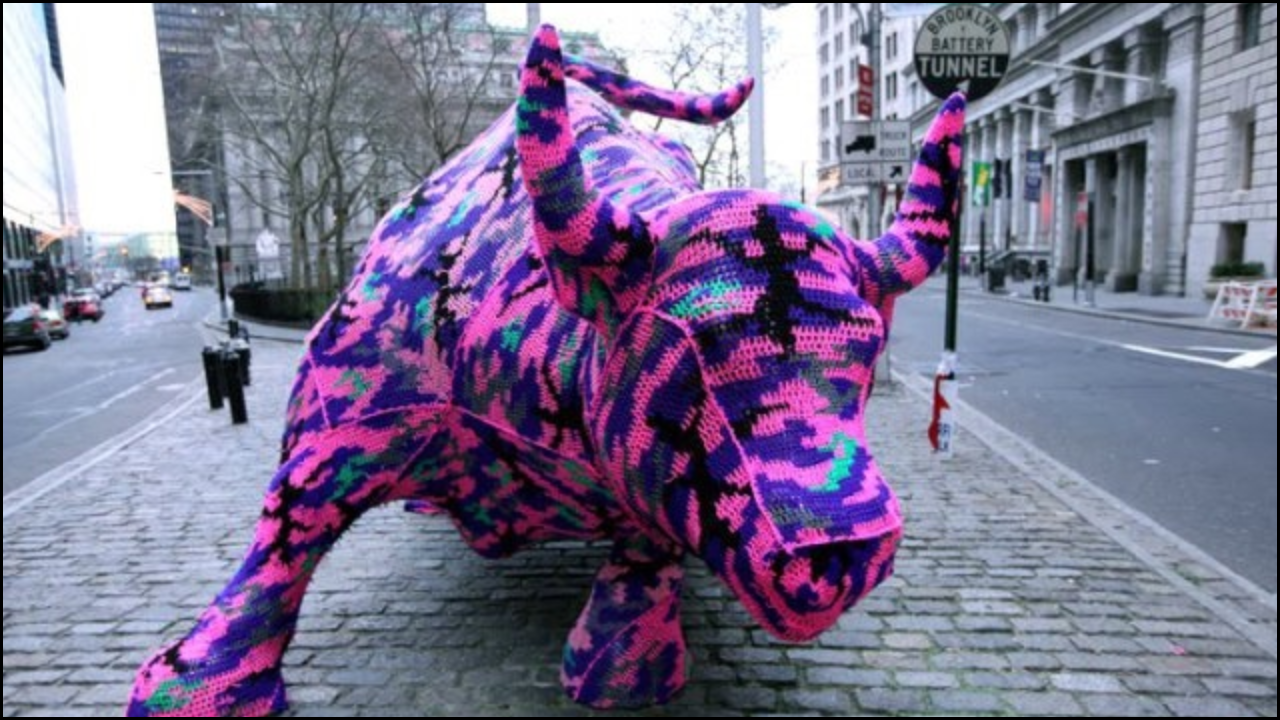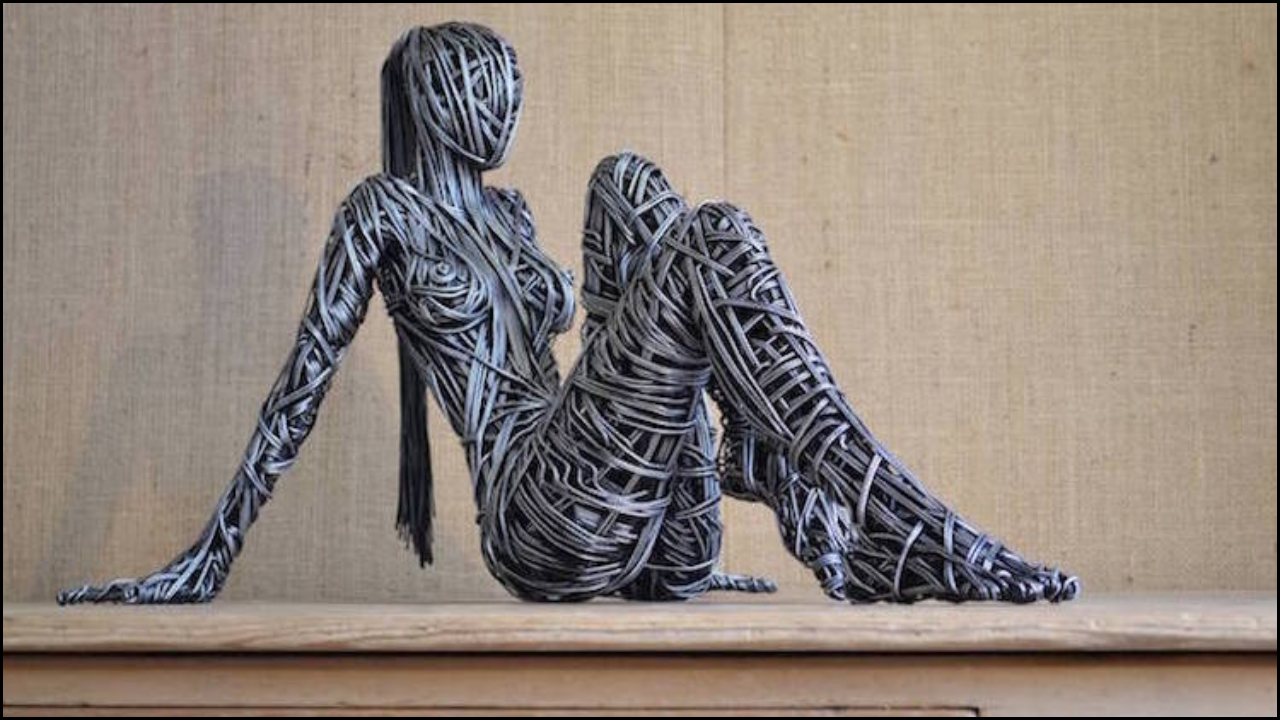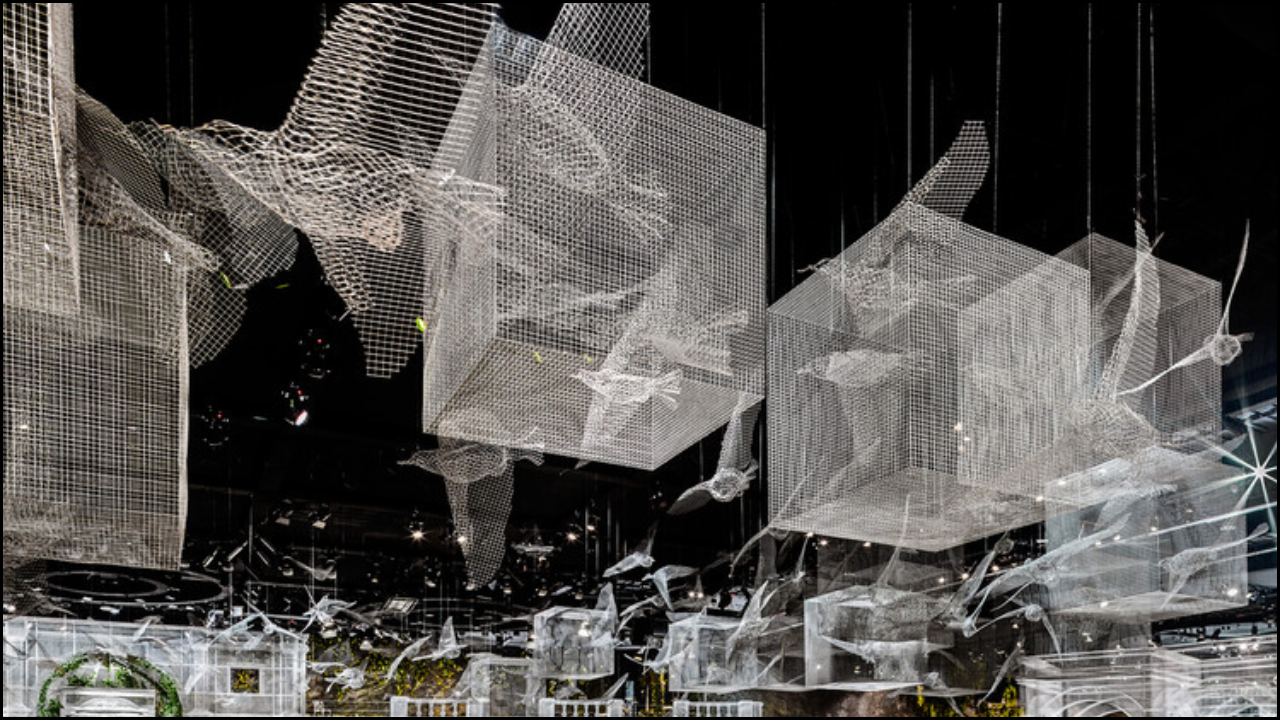
Craftsmanship has always been an intersection of practicality and visual appeal. Artisans throughout history have faced the challenge of creating items that are both useful and beautiful. Understanding this balance is essential not only for artisans but also for consumers, designers, and cultural historians. The harmony between functionality and aesthetics ensures that a crafted item serves its intended purpose while also appealing to human senses, emotions, and cultural values.
Table of Contents
Importance of Functionality in Craft
Functionality refers to the practical utility of a crafted object. Without functionality, even the most visually striking piece loses its value in everyday use.
- Usability: Crafted items must fulfill their primary purpose effectively. A chair, for example, must support weight comfortably.
- Durability: Longevity of an item enhances both its practical and perceived value. Durable materials and construction methods increase trust in craftsmanship.
- Ergonomics: Comfort and ease of use are key indicators of functional design. Tools and utensils must fit human movement and physical needs.
- Maintenance: Functional items should be easy to clean, repair, or maintain, ensuring extended usability.
- Cost-effectiveness: Efficient use of materials and time in production improves the economic feasibility of functional crafts.
Importance of Aesthetics in Craft
Aesthetics focuses on visual appeal, cultural expression, and emotional engagement. Craft aesthetics transform ordinary objects into symbols of identity and artistry.
- Visual Appeal: Color, texture, and form contribute to an item’s attractiveness.
- Cultural Significance: Aesthetic elements often reflect local traditions, heritage, and symbolic meanings.
- Emotional Impact: Beautiful objects evoke pleasure, satisfaction, and emotional connection.
- Innovation: Artistic experimentation in shape, pattern, or material enhances creativity and uniqueness.
- Market Value: Aesthetically appealing crafts can attract collectors and buyers, often increasing economic worth.
Interrelation of Functionality and Aesthetics
The synergy between functionality and aesthetics ensures that crafts are both useful and visually engaging. Proper integration avoids overemphasis on one aspect at the expense of the other.
- Balance of Form and Use: Form should enhance function, not hinder it. A decorative handle on a mug, for instance, must remain comfortable to hold.
- Material Selection: Materials should support both aesthetic quality and durability. Wood, metal, and ceramic often balance visual beauty with structural integrity.
- User Experience: Combining ergonomic design with visual elements enhances overall satisfaction.
- Cultural Resonance: Functional items that also carry cultural or artistic expressions create deeper engagement.
Key Factors in Balancing Functionality and Aesthetics
| Factor | Functionality Aspect | Aesthetic Aspect | Integration Example |
|---|---|---|---|
| Material | Durability, strength | Texture, finish | Leather used for strong yet visually appealing bags |
| Shape | Ergonomic, practical | Symmetrical, artistic | Curved chairs that support posture and look elegant |
| Color | Visibility, safety | Harmony, appeal | Brightly painted kitchen tools that are safe and stylish |
| Detailing | Ease of use, grip | Decorative motifs | Hand-carved spoons that are functional and ornamental |
| Size | Space efficiency | Proportional design | Compact lamps that complement interior aesthetics |
Challenges in Achieving Balance
Balancing functionality and aesthetics is not without challenges. Artisans often face trade-offs between utility and visual expression.
- Material Limitations: Some materials are visually appealing but fragile or expensive.
- Cost Constraints: Adding decorative elements increases production cost, potentially reducing affordability.
- Cultural Expectations: Different societies prioritize functionality or beauty differently, making universal appeal difficult.
- Technological Restrictions: Some designs require advanced techniques to combine durability with aesthetics.
- Market Pressure: Commercial demands sometimes favor aesthetics over usability, compromising practical utility.
Techniques to Enhance Both Functionality and Aesthetics
Innovative approaches help artisans ensure that crafts are both practical and attractive.
- Modular Design: Components that can be adjusted or replaced enhance usability while allowing decorative customization.
- Minimalist Approach: Simple designs often maximize usability while maintaining elegance.
- Ergonomic Customization: Tailoring dimensions and form to human needs improves comfort and visual appeal.
- Surface Treatment: Polishing, painting, and texturing improve aesthetics without compromising durability.
- Integration of Technology: Tools such as 3D printing or laser engraving allow precise, artistic, and functional creations.
Techniques to Integrate Functionality and Aesthetics
| Technique | Primary Purpose | Functional Benefit | Aesthetic Benefit |
|---|---|---|---|
| Modular Design | Adaptability | Easy maintenance and customization | Personalized visual appeal |
| Minimalism | Simplification | Streamlined usability | Clean, modern look |
| Ergonomic Design | Comfort | Reduces strain and improves performance | Pleasing proportions |
| Surface Treatments | Decoration | Protection against wear | Enhanced visual texture |
| Technological Integration | Innovation | Precision in construction | Complex artistic patterns |
Case Studies in Craft Balance
Studying successful examples highlights how functionality and aesthetics coexist in real-world crafts.
- Japanese Pottery: Combines ergonomic design with minimalist aesthetic forms; vessels are practical yet artistically elegant.
- Scandinavian Furniture: Prioritizes usability with clean lines, emphasizing functional beauty.
- Indian Handloom Textiles: Durable fabrics with intricate patterns reflect cultural aesthetics and functional clothing.
- Contemporary Ceramics: Everyday items like mugs and bowls combine modern shapes with artistic glazing techniques for dual appeal.
Impact on Consumer Perception
Consumers value crafts that achieve both practical use and visual satisfaction. Items with a balanced design often generate higher loyalty and appreciation.
- Enhanced Satisfaction: Products that are easy to use and visually appealing create positive experiences.
- Cultural Appreciation: Balanced crafts allow users to connect with traditions without sacrificing practicality.
- Higher Market Demand: Craftworks that achieve this balance often gain a competitive advantage and market recognition.
- Longevity of Use: Consumers retain well-designed, functional, and beautiful items longer.
Future Trends in Craft Design
The evolution of craft design focuses on sustainable, functional, and aesthetically innovative approaches.
- Sustainable Materials: Eco-friendly materials that maintain durability and visual appeal.
- Smart Crafting: Integration of sensors or technology to enhance usability and decorative potential.
- Hybrid Designs: Fusion of traditional and modern styles to meet functional and aesthetic demands.
- Global Influence: Cross-cultural design inspiration helps craft items appeal to wider audiences.
Emerging Trends in Craft Balance
| Trend | Functionality Aspect | Aesthetic Aspect | Examples |
|---|---|---|---|
| Sustainable Materials | Recyclable, durable | Natural textures, color | Bamboo furniture, recycled glassware |
| Smart Crafting | Interactive, multifunctional | Sleek modern design | Smart lighting with artistic shapes |
| Hybrid Designs | Multipurpose use | Fusion of styles | Indo-Scandinavian furniture |
| Global Influence | Universal usability | Cross-cultural aesthetics | Globally-inspired pottery |
Closing Reflections
Craftsmanship thrives when functionality and aesthetics coexist harmoniously. Functionality ensures that objects serve their purpose effectively, while aesthetics provide visual appeal, cultural meaning, and emotional connection. Artisans, designers, and consumers benefit from understanding this balance, which drives creativity, innovation, and cultural continuity. Future trends suggest that sustainability, technological integration, and cross-cultural influences will continue shaping crafts that are both useful and beautiful. Mastery in balancing these aspects ensures that crafts remain relevant, valued, and admired across generations.

